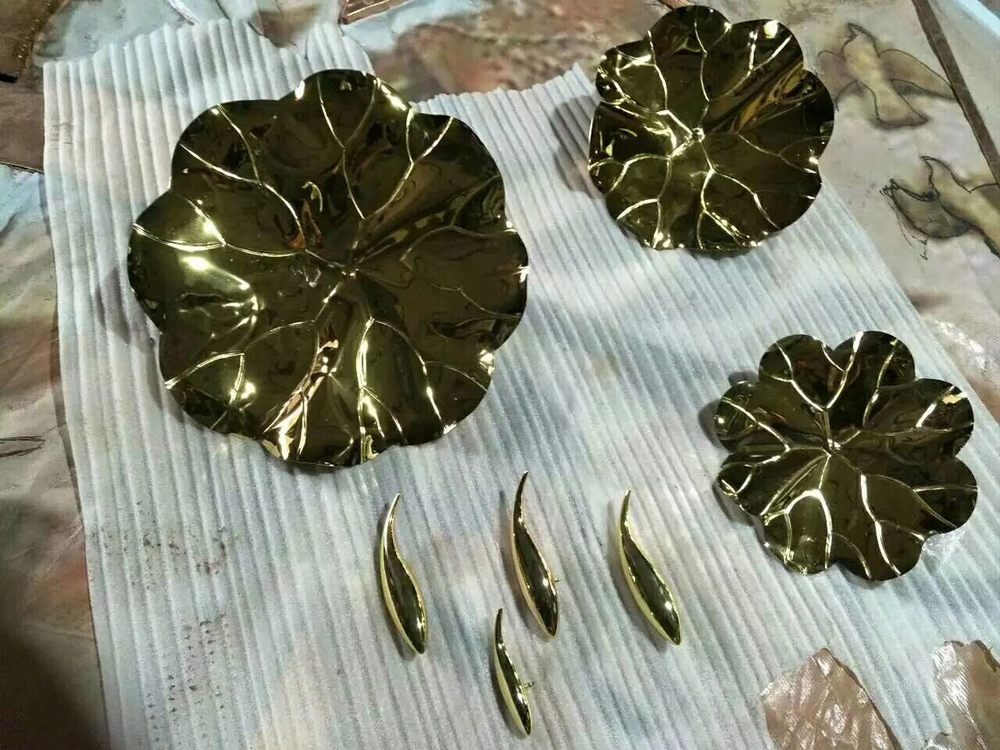
Artists have long fascinated audiences by transforming hard, angular stone into sculptures that appear soft and lifelike. This illusion is achieved through a combination of meticulous techniques and an understanding of visual perception.
One key method is the careful manipulation of texture. By using fine chisels and abrasives, sculptors create subtle surface variations that mimic the organic irregularities of soft materials like fabric or skin. The interplay of light and shadow across these textures enhances the effect, making rigid stone appear pliable.
Another technique involves strategic rounding of edges. Even slight beveling can soften the harsh lines of stone, while deeper undercuts create the impression of folds or drapery. The mastery of proportion also plays a role - exaggerated curves in certain areas can trick the eye into perceiving flexibility where none exists.
Modern artists often combine traditional carving methods with contemporary tools. Pneumatic hammers allow for precise material removal, while polishing compounds help achieve gradients of smoothness. Some even employ optical illusions, carving patterns that appear to shift when viewed from different angles.
The true magic lies in the artist's ability to see the potential softness within the stone before carving begins. Through years of practice, they develop an intuitive understanding of how to coax fluid forms from unyielding material, creating sculptures that seem to defy their fundamental nature.

